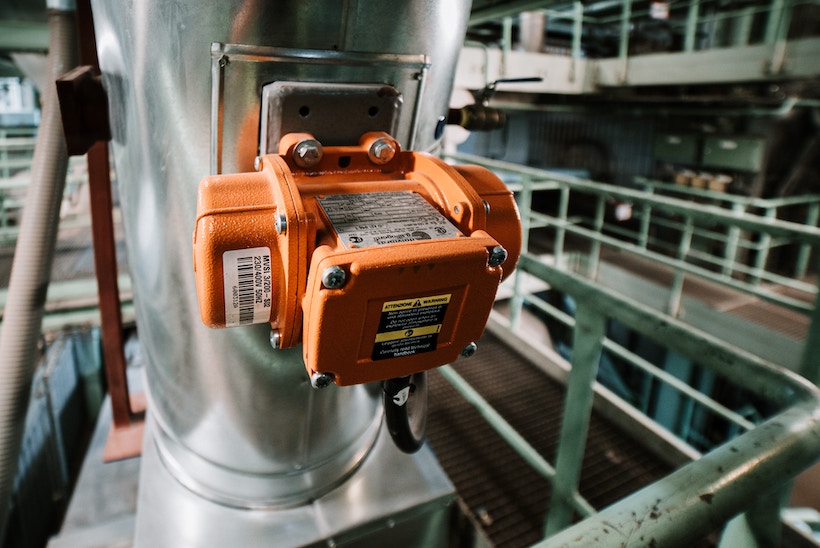A Guide to Choosing the Right Air Compressor for Your Needs

An air compressor is a versatile tool that can be used for a wide range of applications, from powering air tools to inflating tires and other inflatable objects. However, with so many different types and models available on the market, choosing the right air compressor for your specific needs can be a daunting task. In this article, we’ll provide a comprehensive guide to help you understand the key features and specifications to look for when choosing an air compressor.
Types of Air Compressors
Before we delve into the specifics of what to look for when choosing an air compressor, let’s first discuss the two main types of air compressors: reciprocating and rotary screw.
Reciprocating Air Compressors: Also known as piston compressors, reciprocating air compressors use pistons to compress air and are best suited for small-scale applications such as inflating tires and powering pneumatic tools. They are generally cheaper and easier to maintain than rotary screw compressors, making them a popular choice for DIY enthusiasts and small businesses.
Rotary Screw Air Compressors: Rotary screw air compressors use two interlocking helical screws to compress air and are best suited for large-scale industrial applications such as manufacturing, construction, and mining. They are more expensive than reciprocating compressors but offer higher output and are more energy-efficient.
Key Features to Look For
PSI (Pounds per Square Inch): This is a measure of the air pressure that the compressor can produce. The PSI requirement of your tools or equipment will determine the minimum PSI rating you need in an air compressor.
CFM (Cubic Feet per Minute): This is a measure of the amount of air that the compressor can deliver per minute. The CFM requirement of your tools or equipment will determine the minimum CFM rating you need in an air compressor.
Tank Size: The tank size determines how much air the compressor can store, which affects how long it can operate without needing to be refilled. The larger the tank, the longer the compressor can run without needing to cycle on and off.
Power Source: Air compressors can be powered by electricity or gas. Electric compressors are more common and easier to use, while gas compressors are better suited for outdoor or remote locations where electricity is not available.
Noise Level: Air compressors can be loud, so if you plan to use yours in a residential area or a shared workspace, you may want to look for a compressor with a lower decibel rating.
Portability: If you plan to move your compressor around frequently, look for a model with wheels and a handle for easy transport.
Maintenance Tips
Proper maintenance is key to ensuring that your air compressor performs optimally and lasts a long time. Here are some tips to keep in mind:
Change the oil regularly: Check the owner’s manual for the recommended oil change interval and use the right type of oil for your compressor.
Check the air filter: A clogged air filter can reduce the compressor’s efficiency and cause it to overheat. Check and clean the air filter regularly.
Drain the tank: Moisture can accumulate in the compressor tank, leading to rust and other problems. Drain the tank regularly to prevent this.
Check the belts: If your compressor has belts, check them regularly for wear and tension. Replace them as needed.
Conclusion
Choosing the right air compressor for your needs requires careful consideration of the key features and specifications, including PSI, CFM, tank size, power source, noise level, and portability. Once you’ve found the right compressor, be sure to follow the manufacturer’s recommendations for proper maintenance to ensure optimal performance and longevity.


